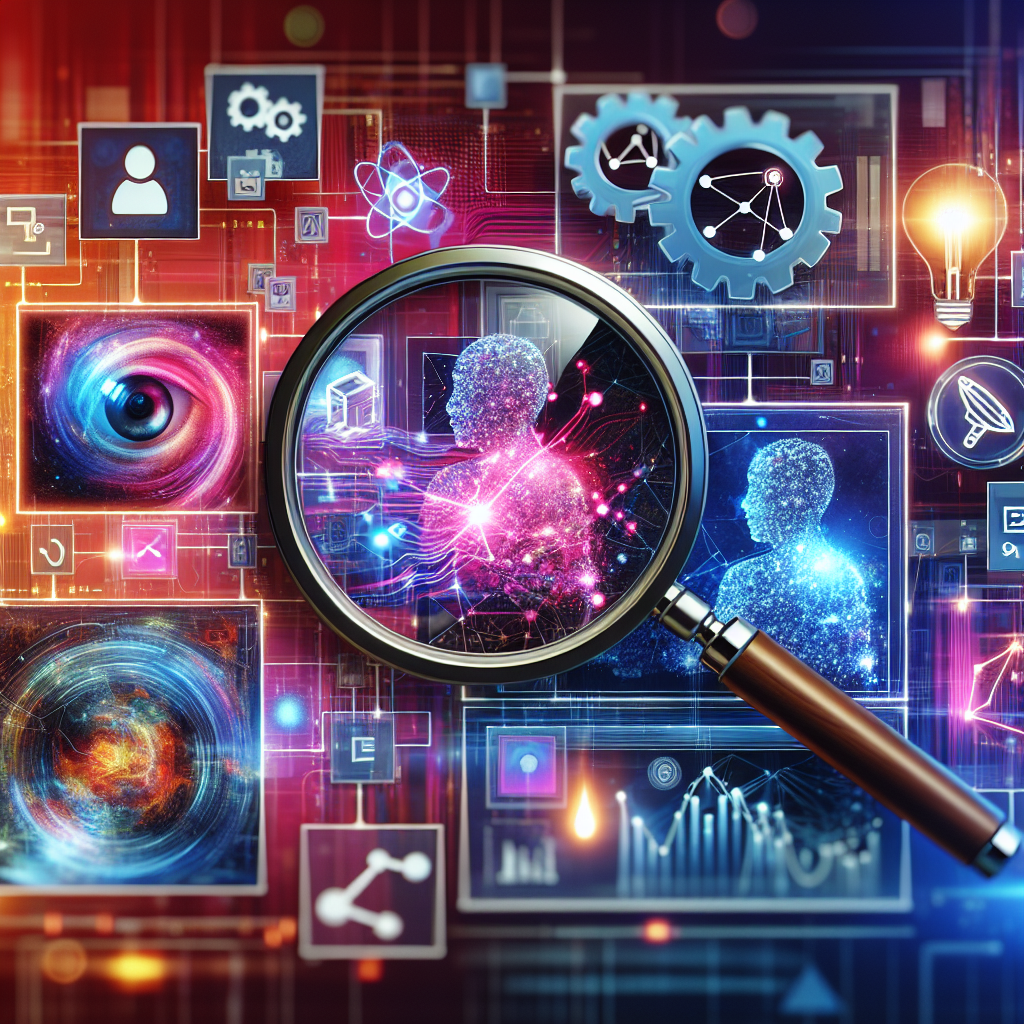
Google’s Secret Weapon Against AI Fakes—Here’s How It Works
As the rise of artificial intelligence continues to reshape various domains, distinguishing between human-created and machine-generated content is becoming increasingly important. Google has recognized this challenge and is rolling out a groundbreaking tool aimed at helping users identify AI-generated images seamlessly. This innovative solution comes at a time when the proliferation of deepfakes and other AI-generated content raises concerns about authenticity and misinformation.
The Importance of Identifying AI-Generated Images
In an age where visual content dominates social media and online communication, the source of images holds significant weight. Understanding whether an image is created by AI or a human artist can influence our perception and trust in the content. The implications of not being able to differentiate between the two are profound, affecting everything from news reporting to the integrity of digital artwork.
Why AI-Generated Images Matter
Recognizing AI-generated images helps to maintain transparency and authenticity. Here are a few reasons why this is crucial:
- Combatting Misinformation: With the surge of AI-generated visuals, misinformation can spread quickly. Being able to identify the source helps combat false narratives.
- Legal Accountability: Artists and content creators need to know if their work is being falsely represented or misattributed, helping to protect intellectual property rights.
- Trust in Digital Media: The ability to discern the nature of images will foster a more trustworthy digital environment, encouraging honest representation in digital storytelling.
How Google’s Tool Works
Google’s new initiative leverages its advanced AI and machine learning technologies to offer users an efficient way to determine the authenticity of images. The tool analyzes various metadata and patterns often present in AI-generated content. Here’s a closer look at how it functions:
Key Features of Google’s Image Identification Tool
- Metadata Analysis: The tool extracts metadata from images which can provide clues about their origin. Information such as creation date, software used, and more can indicate whether an image is generated by AI.
- Behavioral Patterns: Google’s algorithms are trained to recognize behavioral patterns typical of AI-generated visuals. This includes analyzing brush strokes or pixel patterns that differ from natural human art.
- User Interface: Designed for ease of use, the tool integrates into existing Google services, making it accessible for everyday users without requiring technical expertise.
Impact on Content Creators and Consumers
The introduction of this tool is set to have a profound impact on both content creators and consumers. As AI technology progresses, the lines between genuine and artificial artistry become blurred, which can lead to confusion and distrust. Here’s how the tool addresses these concerns:
Benefits for Content Creators
For artists and creators, Google’s tool can serve as both a protector and a guide:
- Empowering Recognition: Artists will have a means to protect their work from unauthorized reproduction, ensuring that their authentic creations are distinguished from AI imitations.
- Enhancing Creativity: With clearer boundaries, artists can experiment creatively without the fear of being overshadowed or misrepresented by AI-generated art.
Advantages for Consumers
For the average user, the tool enhances the digital experience:
- Informed Engagement: Consumers can engage with content more critically, ensuring they know whether they are viewing a human-created masterpiece or an AI-generated image.
- Enhanced Credibility: Access to trustworthy information increases users’ confidence in the images they share and engage with online.
The Future of AI and Image Recognition
As technology advances, the need for effective detection tools will continue to grow. Google’s initiative demonstrates a proactive approach to addressing the complexities associated with AI-generated content. While this tool is a significant step forward, it also sets the stage for further developments in content verification.
Potential Developments on the Horizon
Looking forward, we can anticipate several developments in the realm of AI imagery and detection:
- Continuous Refinement: As AI technology evolves, detection tools will likely improve in accuracy, making it even easier to identify AI-generated content.
- Integration Across Platforms: There may be a push for similar tools to be integrated across various social media platforms and content-sharing services, ensuring a widespread safety net against misinformation.
- Public Awareness Campaigns: Educating the public about the differences between AI-generated and human art can further promote responsible consumption of media.
Conclusion
Google’s new tool for identifying AI-generated images stands at the intersection of innovation and necessity. As the digital landscape evolves, one thing is clear: authenticity will be paramount. This initiative not only provides users with powerful tools to discern the origins of images but also reinforces the value of human creativity and the importance of transparency in our information-rich environment.
Staying informed, utilizing these new resources, and advocating for responsible content sharing will be crucial as we navigate through this new frontier of digital art and information. As we progress, the ability to discern the real from the artificial will empower users, artists, and consumers alike, ensuring a more trustworthy digital future.



